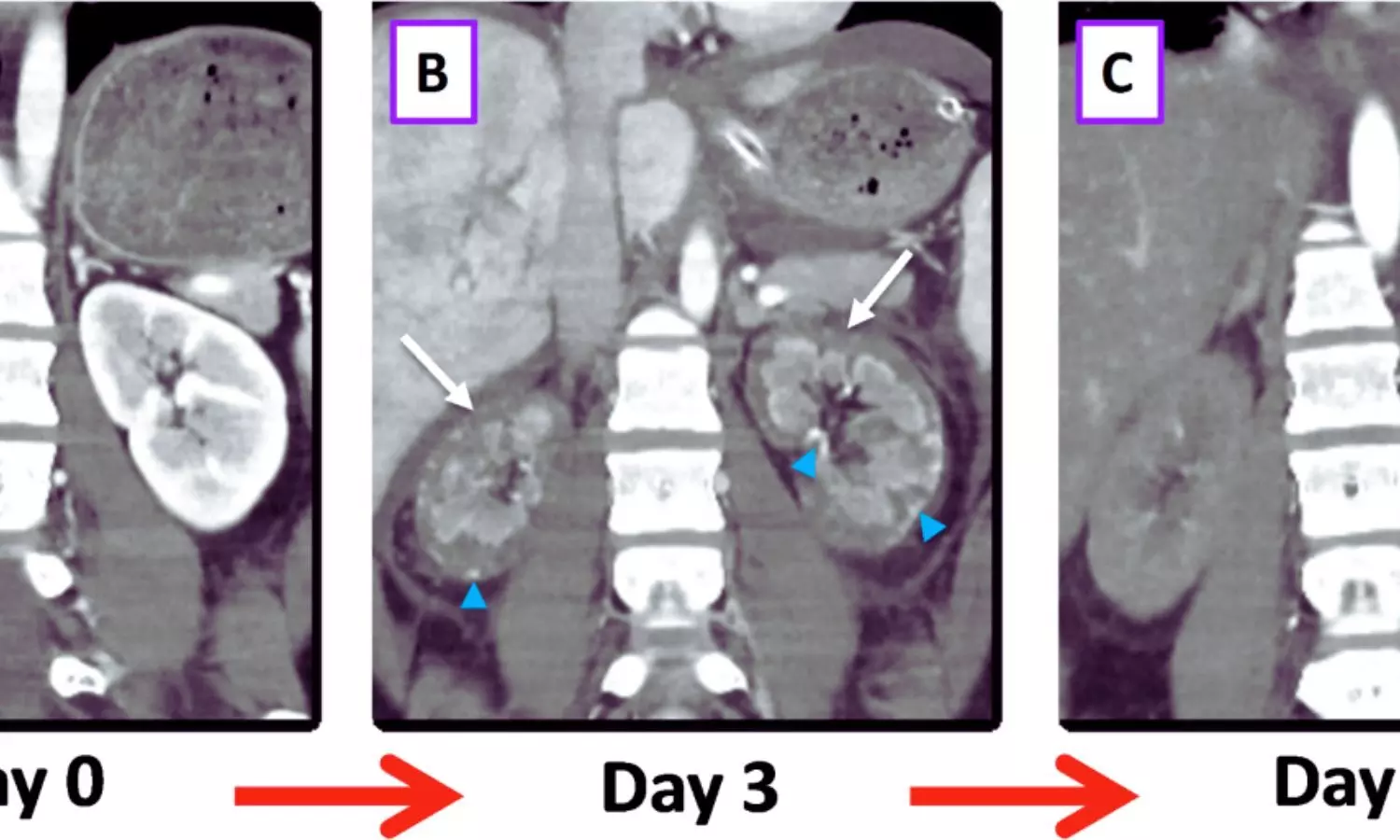Thrombocytopenia Linked to Worse Outcomes in Pneumonia, COPD, and Asthma: Study

A new study published in Cureus has identified that patients with pneumonia (PNA), asthma, and chronic obstructive pulmonary disease (COPD) who also have thrombocytopenia have much poorer in-hospital outcomes, such as increased mortality, increased hospital stays, and enhanced resource utilization. Thrombocytopenia, a condition of low platelet counts, is frequently seen in hospital patients, but its role in hospitalized patients for respiratory diseases has not been thoroughly investigated. This study was conducted by Christian S. and colleagues.
Data from the National Inpatient Sample Database were used from the years 2016 to 2020. Adult patients hospitalized with a principal diagnosis of PNA, COPD, or asthma were enrolled, and secondary diagnosis of thrombocytopenia was ascertained through ICD-10-CM codes. The main outcome measured was all-cause mortality, whereas secondary outcomes were length of stay, resource utilization, and hospital intubation. Statistical analysis was conducted with STATA v.13 using multivariate adjustment for variables such as age, gender, race, Charlson comorbidity index, location of the hospital, size, region, teaching status, and insurance status. Statistical significance was established at p<0.05.
Key Findings
-
2,993,792 patients were admitted with PNA, and 148,260 (4.95%) of them had thrombocytopenia.
-
Of 2,637,483 admissions for COPD, 77,160 (2.92%) had thrombocytopenia.
-
Of 491,990 asthma admissions, 6,300 (1.28%) had thrombocytopenia.
Thrombocytopenia was strongly linked with increased in-hospital mortality in all three conditions:
-
PNA: Odds Ratio (OR) 2.31, p<0.001
-
COPD: OR 2.99, p<0.001
-
Asthma: OR 7.26, p<0.001
-
The patients with asthma and thrombocytopenia had 626% greater in-hospital mortality than the patients without thrombocytopenia.
-
Hospital stay was longer in the patients with thrombocytopenia in all conditions.
-
Resource use was much greater in the affected patients.
-
Intubation rates were higher in thrombocytopenic patients.
Researchers concluded that PNA, COPD, and asthma patients with thrombocytopenia have significantly poorer hospital outcomes, such as increased mortality, increased length of stay, greater resource use, and increased rates of intubation. The results highlight the necessity for additional studies to see if the resolution of thrombocytopenia can abate these risks and enhance patient outcomes overall.
Reference:
Siochi, C., Durodola, B., Ali, F., Patel, V. K., Nwachukwu, C., Lerman, B., Canuto Miller, A., & Jesmajian, S. (2025). Impact of thrombocytopenia on outcomes in hospitalized patients with pneumonia, chronic obstructive pulmonary disease, and asthma: A nationwide study (2016–2020). Cureus. https://doi.org/10.7759/cureus.80037
Powered by WPeMatico









